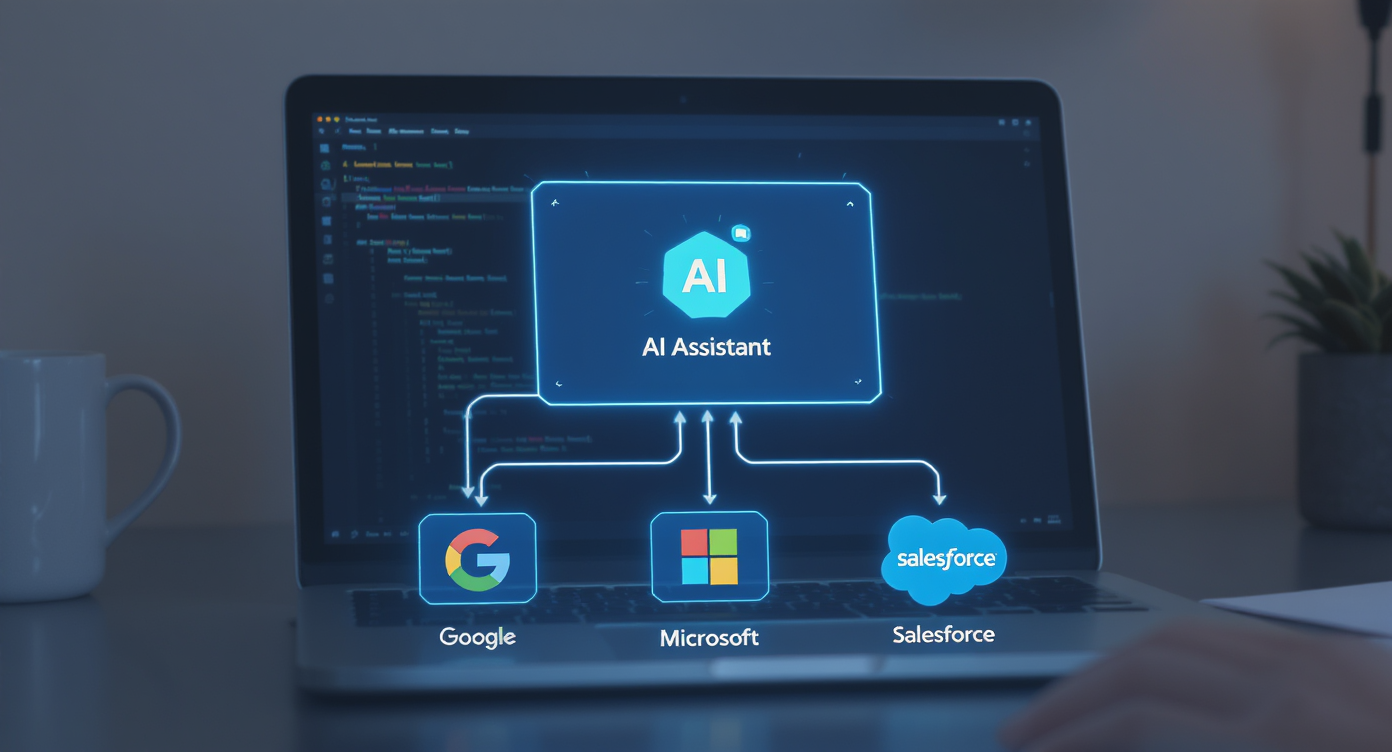Is MCP the New UX?

The web is in constant flux, with emerging technologies reshaping how we access information and services. Recent years have brought notable advances—HTTP/3 delivers faster performance, and WebAssembly enables deeper integration—both of which improve modern web applications’ speed, usability, and interoperability.
Yet a newcomer from the AI realm, the Model Context Protocol (MCP), is already disrupting the traditional web in an unprecedented pace. Praised as the “New UI” or the “USB-C of AI,” MCP’s bold reputation raises the question: how much of this hype is reality, and how much is myth?
If you haven't read about this standard yet, I highly recommend you do, because this piece of technology will change a lot of things that might affect you more than you think.
In a nutshell: The MCP Standard allows AI to interact with any digital service or application you can imagine—websites, digital products, your file system, your Browser and local PC apps—equipping the AI with all the information and tools needed to handle a significant portion of everyday human tasks.
Why It Matters?
Not only have major tech giants fully embraced MCP, but thousands of small and medium-sized companies across various industries are already leveraging it. And it’s not just service providers like Salesforce and OneDrive—third-party vendors have also emerged to implement the MCP standard on their behalf.
To get a small glimpse of the sheer amount of services on the internet which offer an MCP interface, take a look at one of many MCP aggregators like Smithery or Activepieces MCP and Zapier.
Many in the industry see a huge opportunity and a radical shift in the way consumers like you and me are starting to move away from the mainstream UI-based web towards a more personalized, tailored digital experience.
In this dynamic environment, technology plays a key role in filtering vast amounts of information and delivering exactly what the user is looking for. By combining AI with MCP, you get an all-encompassing assistant that can perform tasks for you, including many of your daily activities.
This level of automation and personalisation, which was once the stuff of science fiction, is now a real possibility thanks to MCP. It can read and compose emails, find and book flights, write code, and perform countless other simple or complex tasks without writing a single line of code or building any workflows.
The only thing that matters now is defining precisely what you want to accomplish (the 'what') and letting the AI figure out how to achieve this goal using the tools it has (the 'how').
So, Is This a Kind of an API?
Sort of. MCP simply wraps one or more existing APIs and exposes them to the user as a set of capabilities, such as 'reading emails' or 'saving files'. And it's not just services that can be wrapped in MCP servers using NLWeb — content can be too. making MCP services both your data source and your control cockpit.
As a data source, it can access any services you grant permission to (your email, company documents, Jira projects, etc.).
As a cockpit, it can carry out and manage tasks on your behalf like writing emails, booking flights, and more.
Is It a kind of Workflow?
MCP provides standardized “hooks” (APIs, endpoints, or NLWeb adapters) that any AI or service can invoke. In workflow platforms like n8n or Activepieces, you link these MCP hooks explicitly—for instance,
“When a new Jira issue appears, call the MCP endpoint to fetch related documentation, then send an email.”

The workflow engine manages triggers, branching, and errors, while MCP ensures consistent access to each service.
